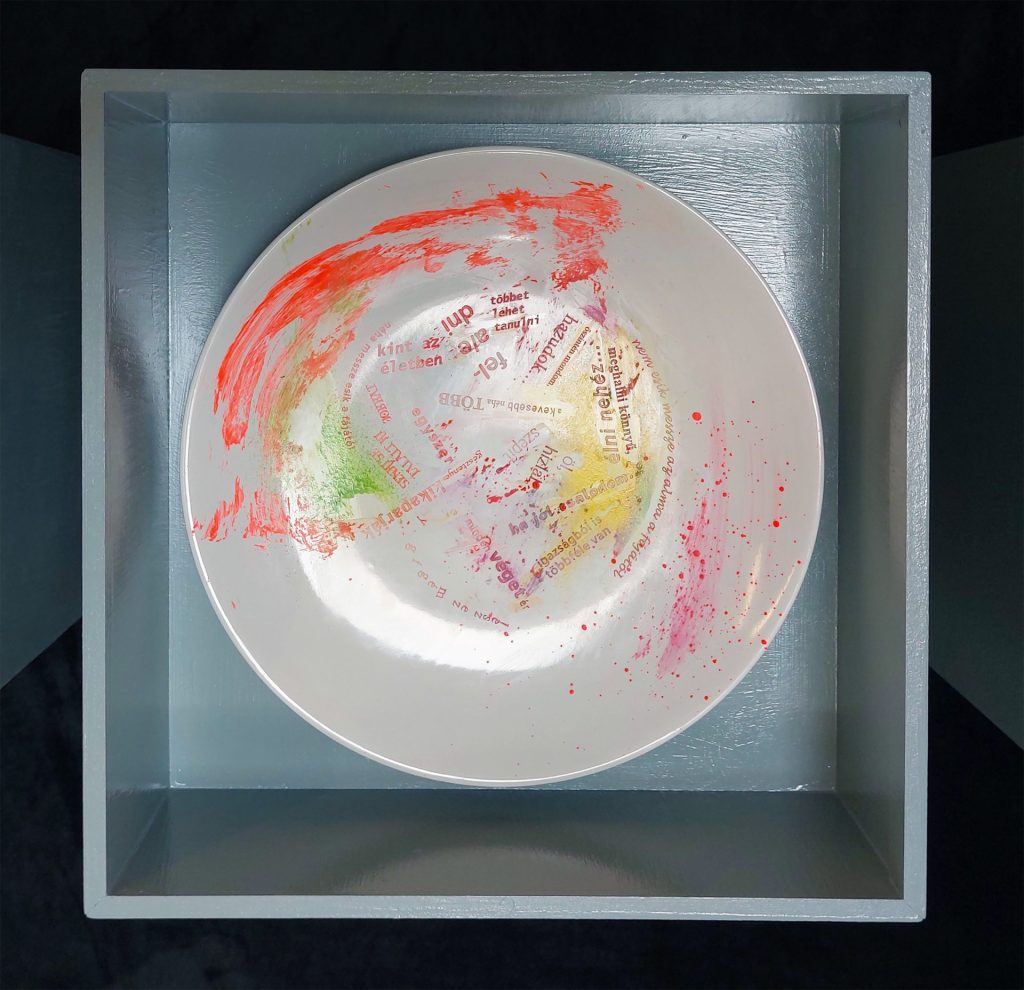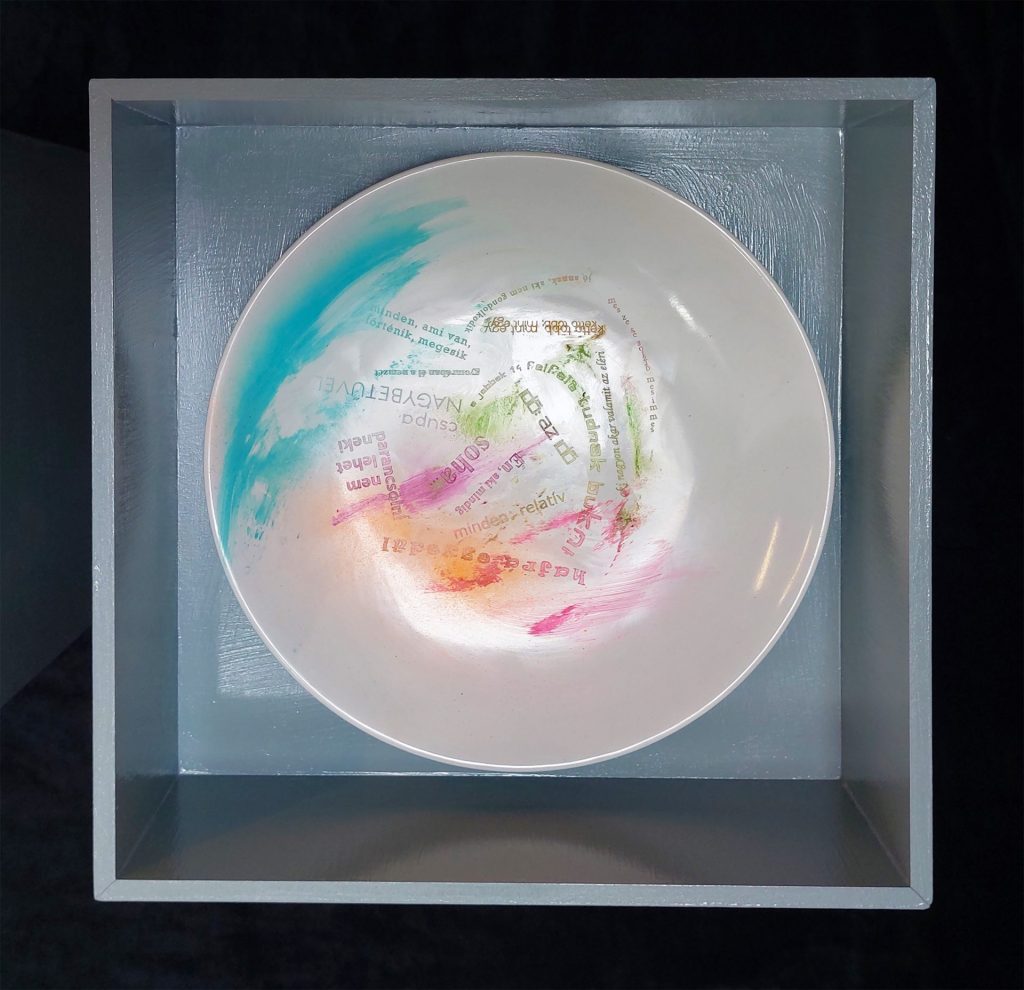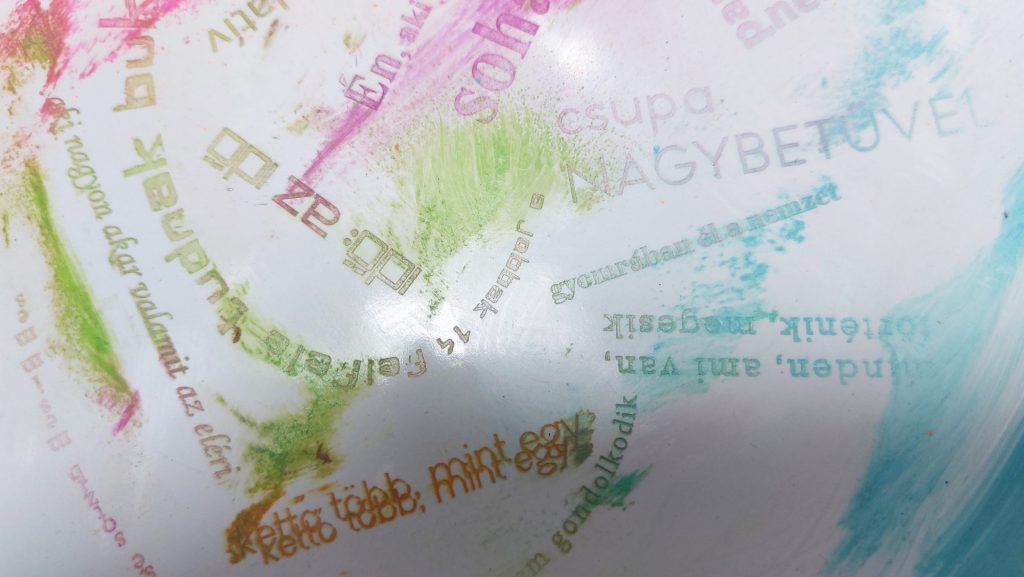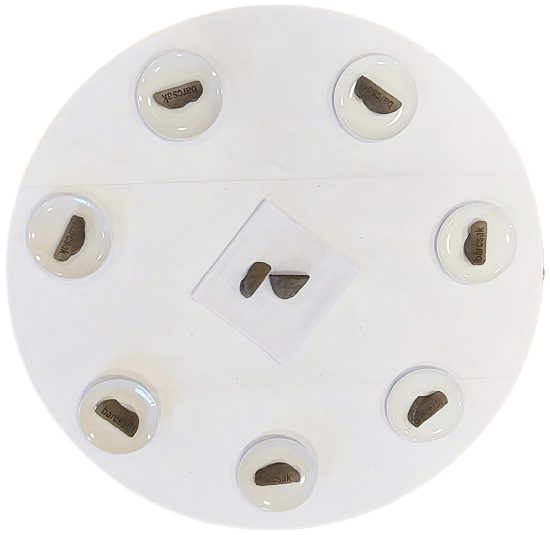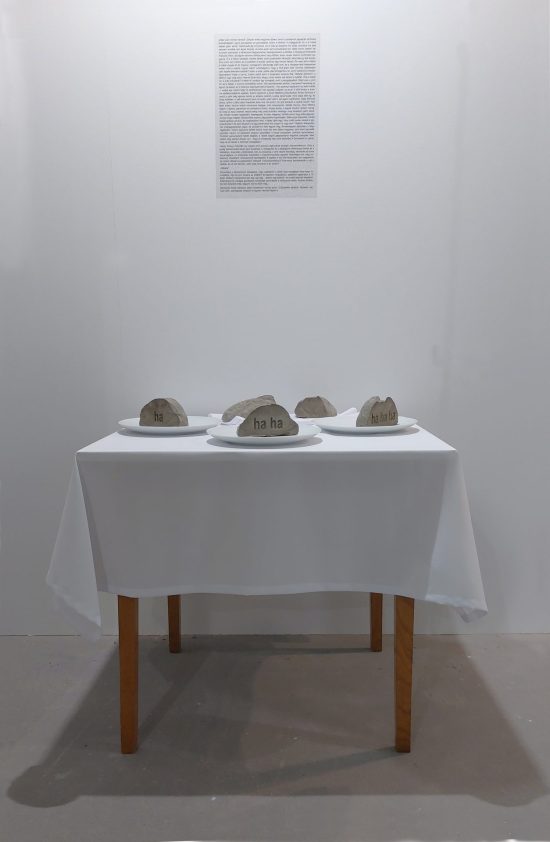Fragments of my cliches, selected from Miklós Hernádi: Közhelyszótár. In the definition of our character and identity, we can speak of a complex interrelationship system, which draws a “picture” in front of us in finely tuned work. This is the “image” to which Gilles Deleuze-Félix Guattari: Year Zero – Facelikeness c. we find in his work.
Gilbert Lascault writes of Francis Bacon’s portrait painting: “he eschews narrative to save brain control and psychic detours. His desire for painting that directly affects our bodies leads him to oppose illustrative and narrative images. He rejects works that make themselves read. He wants to create works that force a handshake between the painting and the viewer.”
Looking at Bacon’s portraits and triptychs, we see in front of us those oral surgery pictures and medical books, the pages of which had a great influence on Bacon’s painting.
For my three portrait studies, the starting point is commonplaces and their fragments. As if writing hastags, sentences are transformed into one- or two-word phrases. We can see the defining elements of our communication and identity. There is no situation and no story. It is impossible to determine “who we see on the tondos”, but the fragments, in their indeterminacy, give a mosaic picture of a person. Letteric elements and traces appear as pictorial elements.
Fragments of my cliches, which I selected from Miklós Hernádi: Közhelyszótára (13 pieces per plate), appear on the plates in the form of entries. They belong to us just as closely as our internal organs. In the definition of our character and identity, we can speak of a complex interrelationship system, which draws a “picture” in front of us in finely tuned work. This is the “image” to which Gilles Deleuze-Félix Guattari: Year Zero – Facelikeness c. we find in his work. Face separated from the body and head:
“The face is a surface, facial features, lines, curves, a long, square or triangular face, the face is a map, even if it clings to a volume and surrounds and frames it. In the case of humans, the head is not necessarily a face either: the face is created only when the head separates from the body, when it is no longer coded by the body, when it itself has already lost its polyvocal, multidimensional body code – if the body, including the head, is something decodes or it overwrites what is commonly called a face.”


